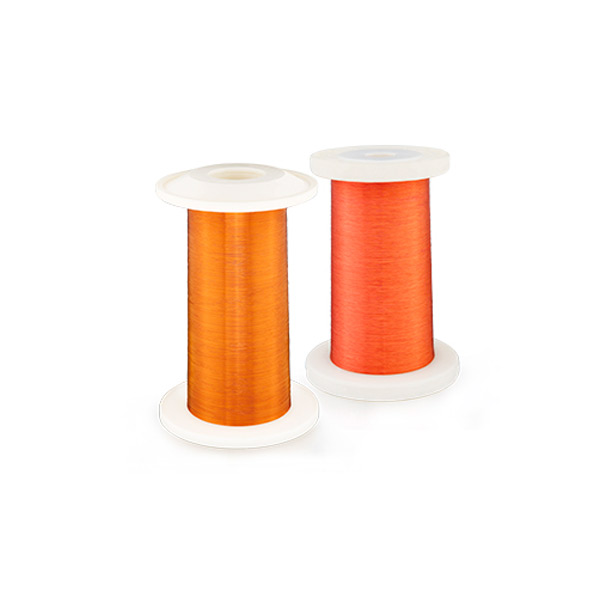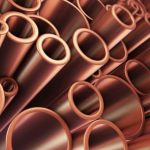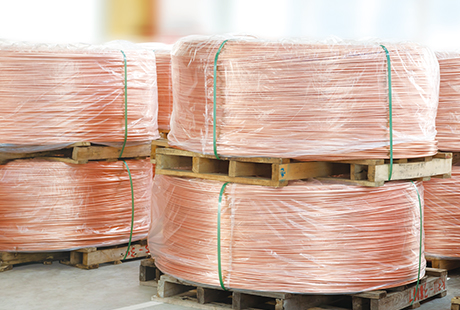The solvent vapor and cracked low-molecular-weight substances generated during the baking process of the enamel coil wire must be discharged out of the furnace in time. The density of the solvent vapor and the humidity in the gas can affect evaporation and curing during baking, while low molecular weight has an effect on the smoothness and brightness of the paint film.
In addition, the concentration of solvent vapor is safety-related, so waste discharge is very important for product quality, safe production and heat consumption.
1. The amount of waste discharged during the baking process of enamel coil wire
From the point of view of product quality and safety production alone, the amount of waste discharge is large, but a large amount of heat must be taken away during waste discharge, so waste discharge should be appropriate. Catalytic combustion hot air circulation furnace usually discharges 20% to 30% of the hot air volume. The amount of waste emitted depends on the amount of solvent used, the humidity of the air and the heat of the oven. For every 1kg of solvent used, about 40~50M3 of waste (converted to room temperature) needs to be discharged.
The amount of exhaust gas can also be judged from the temperature of the heating furnace, the scratch resistance of the enamel coil wire, and the gloss of the enamel coil wire. If the furnace temperature is turned off for a long time, but the temperature indication value is still high, it means that the heat generated by catalytic combustion is equal to or greater than the heat consumed by the oven, the oven will be in a high temperature state, and the amount of waste should be appropriately increased.
If the furnace temperature is in the heating state for a long time, but the temperature indication is not high, it means that the heat consumption is too much, and it is likely that the waste is too much. After inspection and confirmation, the amount of exhaust emissions should be appropriately reduced.
2. Waste removal of enamel coil wire
When the scratch resistance of the enamel coil wire is poor, it may be that the humidity of the gas in the furnace is too high, especially in the humid weather in summer, the humidity in the air is very high, and the catalytic combustion of the generated moisture vapor makes the gas in the furnace. The gas humidity is high, and the amount of waste solvent should be increased at this time. The dew point of the gas in the furnace is not more than 25 ℃. If the gloss of the enamel coil wire is poor and not bright, it is also possible that the amount of waste discharged is small. This is because the cracked low-molecular substances are not discharged and adhere to the surface of the paint film, which makes the paint film lose its luster.
Smoke is a common bad phenomenon in horizontal furnaces. According to ventilation theory, gas always flows from a high pressure point to a low pressure point. After the gas in the furnace is heated, the volume expands rapidly and the pressure rises. When there is positive pressure in the furnace, smoke is emitted from the furnace mouth, which can increase the air volume or reduce the air supply volume and restore the negative pressure area. If only one end of the furnace mouth emits smoke, it is because the air supply volume at this end is too large and the local air pressure is higher than the atmospheric pressure, so that the supplementary air cannot enter the furnace from the furnace mouth, reducing the air supply volume and making the local positive pressure disappear.

 English
English 日本語
日本語 한국어
한국어 français
français Deutsch
Deutsch Español
Español italiano
italiano العربية
العربية tiếng việt
tiếng việt Türkçe
Türkçe ไทย
ไทย 中文
中文




